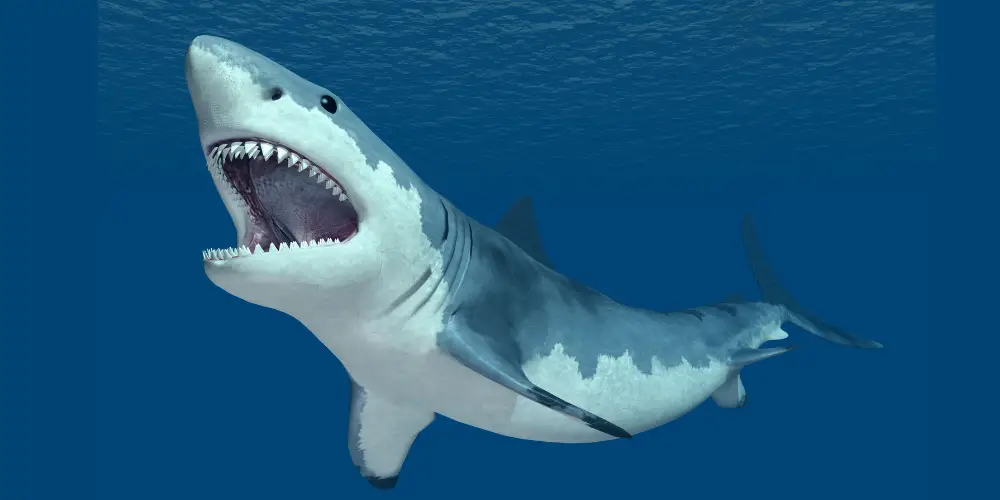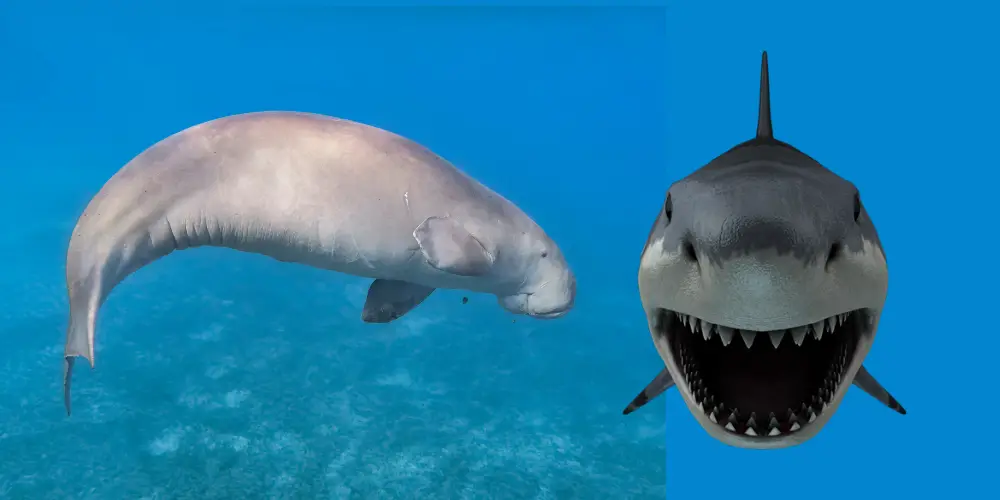When we think of sharks, we often imagine these magnificent creatures as silent, formidable hunters of the deep.
However, popular culture has sometimes portrayed sharks as growling or roaring, especially when portrayed as menacing. But do sharks growl?
This article dives into the fascinating world of shark sounds to debunk myths and reveal the truth.
Do Sharks Make Noise When They Attack?
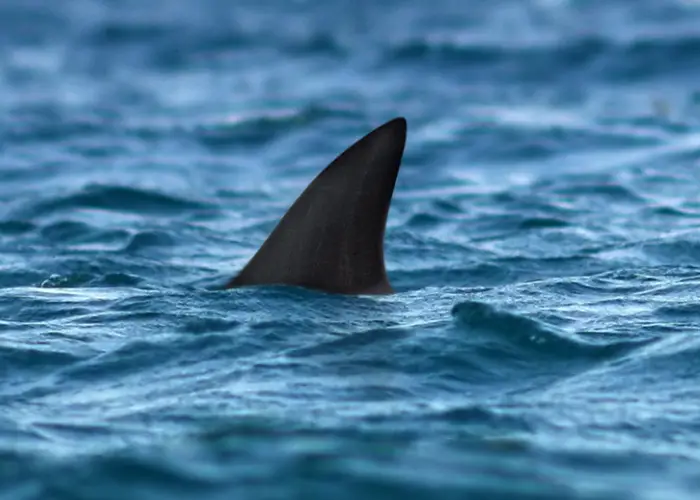
The notion of a noisy shark attack is common in fictional portrayals, but reality tells a different story.
Sharks are remarkably silent when attacking, a key component of their hunting strategy. This silence is essential for the element of surprise, a critical factor in the successful capture of their prey.
In the wild, sharks are apex predators, meaning they are at the top of the food chain. Their survival and hunting efficiency depend significantly on their ability to approach prey undetected.
Noise would counteract this advantage, giving their prey a chance to escape. Therefore, silence is not just a trait but a necessity for these predators.
Moreover, the only sound associated with a shark attack might be the water movement.
When sharks like the Great White perform a breach – a leap out of the water to capture prey – the resultant splash is the only auditory clue to their presence.
However, this sound is incidental, not intentional, and occurs too late to offer any escape for the prey.
This stealthy nature of shark attacks highlights their adaptation to the marine environment, showcasing their role as efficient and silent hunters of the ocean.
How Do Sharks Communicate?

Sharks have developed a sophisticated, silent communication system despite not producing vocal sounds.
Their methods of interaction are varied and complex, relying on non-vocal cues. Here are some key aspects of shark communication:
- Body Language: Sharks use a variety of body movements to convey messages. For example:
- Great White sharks communicate through body commands like head shaking or nodding.
- Opening their jaws or arching their bodies can indicate aggression or territorial claims.
- Electroreception: This unique sense allows sharks to detect electrical fields, aiding in navigation and possibly in recognizing other sharks.
- Sharks have specialized organs called ampullae of Lorenzini for this purpose.
- This sense is crucial for hunting and interacting with their environment.
These communication methods reveal a hidden world of shark behavior that is silent yet filled with intricate non-verbal interactions.
Understanding these silent methods of communication offers a glimpse into the complex and nuanced world of shark behavior, far beyond what we can perceive.
How Sharks Recognize Each Other
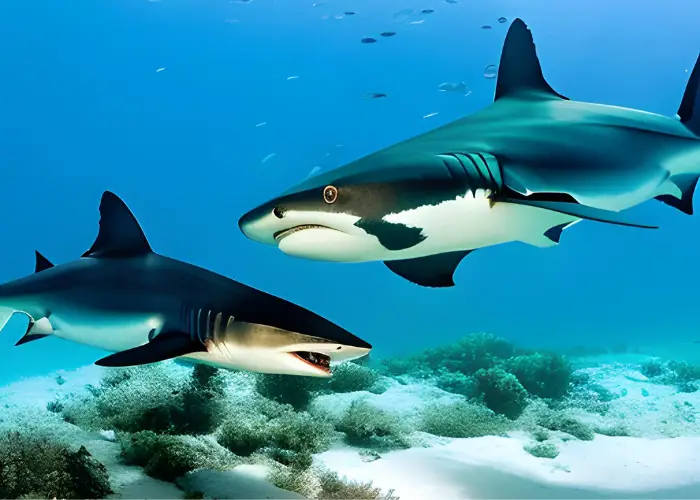
Sharks, often seen as solitary predators, have remarkable ways to recognize each other, which is particularly important during mating seasons. Here’s how they do it:
- Sense of Smell: Sharks have an advanced olfactory system, which is essential for recognition:
- They can distinguish between different species and individuals.
- Their sense of smell helps in identifying potential mates.
- Other Senses: Apart from smell, sharks likely use additional senses for recognition:
- Sight and electroreception may play roles in identifying other sharks.
These advanced sensory capabilities emphasize the complexity of shark social interactions, illustrating their ability to navigate the underwater world as predators and social creatures.
Noises Sharks Dislike
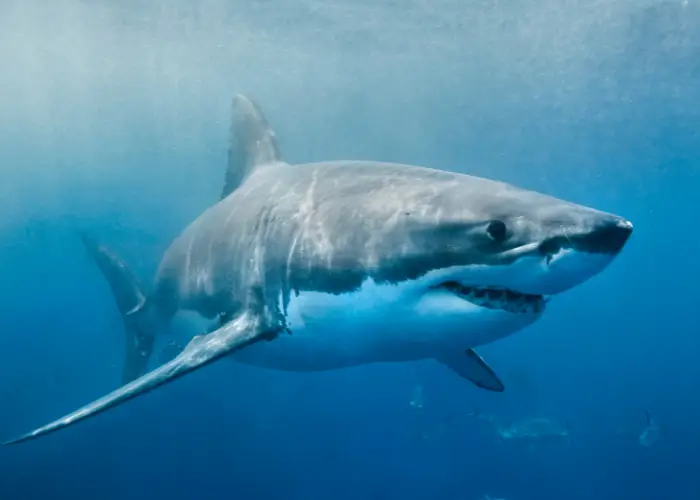
While sharks are largely silent, they exhibit clear preferences and aversions regarding sounds in their environment. Here are some noises that sharks tend to avoid:
- Scuba Diving Gear: The mechanical sounds and bubble noises from scuba gear are unnatural in the ocean, causing sharks to swim away.
- Orca Whale Vocalizations: Sharks avoid the sounds of orca whales, their natural predators. This avoidance is a survival instinct.
Understanding these sound aversions provides insights into shark behavior and helps develop shark deterrent technologies.
This knowledge enables a more harmonious coexistence between humans and these majestic sea creatures.
How Sharks Make Noise Without Vocal Cords

Sharks have developed alternative ways to produce sounds despite lacking vocal cords, showcasing their remarkable adaptability.
These sounds are not vocal but are generated through various physical means.
- Body Movement: As sharks move through the water, their bodies can create thumping or bumping sounds. These sounds are produced inadvertently due to their movement and can be detected by other marine creatures.
- Jaw Snapping: A more intentional sound-making method sharks use is jaw snapping. Species like the great white shark have powerful jaws, which create a loud popping sound when snapped shut. This sound serves as a warning to other marine life and demonstrates strength and territoriality.
- Swim Bladder Contractions: In some sharks, the swim bladder, an organ used for buoyancy, is adapted to produce sound. By contracting muscles around the swim bladder, these sharks can create grunting or croaking noises.
- Other Specialized Organs: Some sharks possess unique organs for sound production. For example, the lemon shark has ‘sonic muscles’ that produce a low-pitched hum. This sound is believed to aid in communication and prey detection.
These diverse methods of sound production highlight the sharks’ ability to use their physical attributes creatively, compensating for the lack of vocal cords.
Types of Sounds Produced by Sharks

Sharks can produce sounds for different purposes, each unique to their species and behavior. Here are some of the key types of sounds and their functions:
- Barks: Produced by jaw snapping, barks are familiar during feeding frenzies or courtship rituals. They are a form of aggressive display or a signal in social interactions.
- Despite the misconception, some sharks produce growl-like sounds, typically responding to threats or agitation. These are believed to serve as warnings.
- Clicks: Created by jaw muscles during hunting, clicks help locate prey. Sharks are susceptible to the sounds of distressed animals, aiding their hunting efficiency.
- Musical Notes: Similar to musical notes, certain sharks can produce high-pitched sounds. These are thought to be used in communication, especially during mating rituals.
These diverse sound production methods underline the complexity of shark behavior far beyond their portrayal as silent hunters.
Which Sharks Make the Most Noise?
While sharks are generally not known for being noisy, some species stand out for their ability to produce distinct sounds:
- Great White Shark: Known for its deep growling sounds, especially during mating season. These sounds can be heard up to a mile away in certain conditions.
- Tiger Sharks: Produce a variety of noises, including barks and grunts, that play a role in their social and hunting behaviors.
- Hammerhead Sharks: Utilize their swim bladders to create musical sounds, aiding communication and navigation.
- Draughtsboard Sharks: Known for drumming sounds produced by the contraction of muscles in their swim bladder cavity.
Each species uses sound in unique ways, demonstrating the diversity and complexity of shark communication.
Sharks That Don’t Make Noise
Contrasting with the more audible species, some sharks are known for their silent nature:
- Whale Shark: The largest shark species, are notably silent. Their feeding behavior as filter feeders doesn’t necessitate sound for hunting or communication. This silence may also be a strategy to avoid attracting predators.
Understanding the silent nature of these sharks adds another layer to our appreciation of their diversity.
While some communicate through sound, others thrive in silence; each adapted perfectly to their ecological niche.
Conclusion

The world of sharks is one of silence and subtle sounds. By dispelling the myth of growling sharks and exploring their actual communication methods, we gain a deeper appreciation for these incredible creatures.
Their diverse ways of interacting with the world around them remind us of the complexity and beauty of ocean life.


